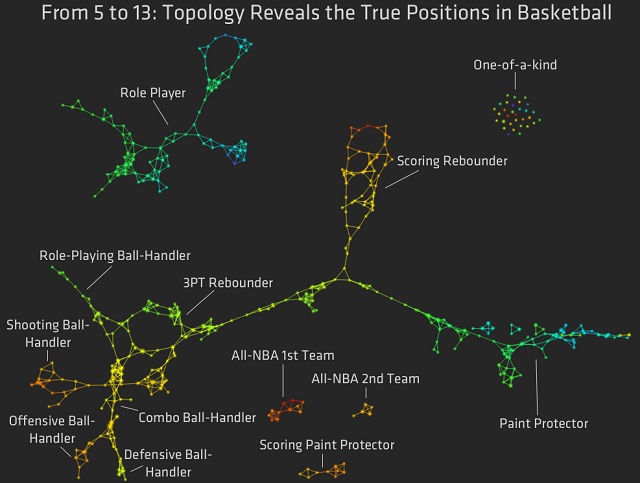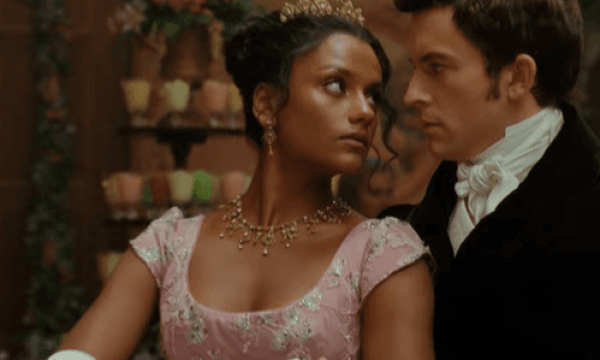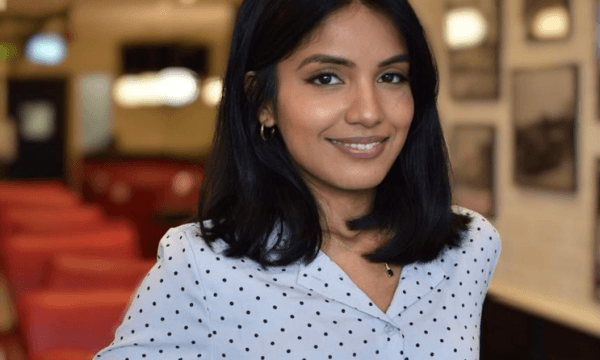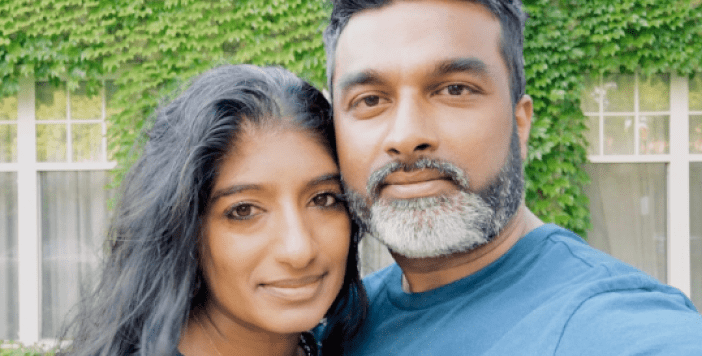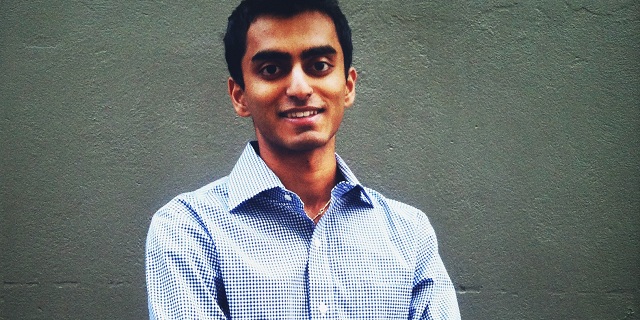
From presenting at the MIT Sloan Sports Analytics Conference, to being profiled by GQ and Forbes, to being in the locker room when Jeremy Lin was signed to the Houston Rockets, the past year has been an unexpected whirlwind for Muthu Algappan.
"When I was meeting with one MLB team, I found myself sitting with the owner on the field. There was probably 20 000 fans there, and there I was with the owner. My whole life I was one of the 20 000. It’s stuff I dreamed about growing up."
This aspiring medical entrepreneur stumbled unintentionally into the world of sports analysis and TC recently had the chance to learn more about how he went from biomechanical engineering student to consulting with major league teams.
TamilCulture: Tell us a bit about yourself.
Muthu Alagappan: I was born in England, in Crewe, a city right near Manchester. I only lived there for a couple years because my dad, like many physicians, did his medical training in India, went to England to do some residency and more training, and used that as a way to come to America.
Since then, I’ve lived in Galveston and Houston. I grew up in Houston in an interesting time, when Michael Jordan had taken a couple years off to play baseball. Houston was able to sneak in there and win two championships in a row when I was between 4 and 6 years old.
Being so young at the time, there wasn’t much I could do with my family friends when we got together. We would just watch TV and the Rockets were so good that we were all the biggest fans. We used to watch the games every weekend, and we used to memorize all the players, and all the numbers, and all the stats.
And naturally we’d play as well as soon as the game was over. I was playing basketball a few days a week for years. Playing with a bunch of people who were similar to me made it easier and more fun, and that kind of drew me in. And once you get drawn into a sport it’s really hard to stop following it.
TC: Why the fascination with stats?
MA: We just loved the game and we wanted to get as much of it as possible. Back then you didn’t have twitter, and you didn’t have a lot of the blogs that would produce content on a regular basis. It was one Houston Chronicle article the next morning, and everyone would read that Chronicle article because they wanted to talk about it.
So every morning before school I would get the paper, go straight to the sports section and pore over the article and the box score. It wasn’t that we liked statistics but it was an easy way to gauge your own knowledge against someone else’s. We kind of used that as a measure of fandom.
When I was a teenager I did back down on basketball. I was really busy with school, and other activities, and the Rockets weren’t as good. When I moved to Stanford for college, I didn’t even watch a lot of games. It had definitely taken a backseat. I had no thoughts of basketball analysis or theories or ideas. I knew the field existed but I never thought I’d have a role in that one day.
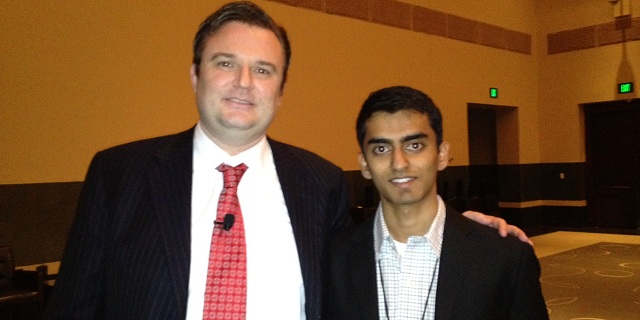 Muthu with Daryl Morey, the GM of the Houston Rockets, after receiving an award for his talk at the MIT Sloan Sports Analytics Conference, 2012.[/caption]
Muthu with Daryl Morey, the GM of the Houston Rockets, after receiving an award for his talk at the MIT Sloan Sports Analytics Conference, 2012.[/caption]
TC: How did your biomechanical engineering degree tie into your work at Ayasdi?
MA: I’ve always been interested in entrepreneurship - I loved the idea of starting something. I was also always interested in innovation and health – Houston has the world’s biggest medical centre and my dad’s a doctor so naturally I thought about medical entrepreneurship. At Stanford there’s two paths to medical entrepreneurship, and I started off with one, device design, and transitioned to the other, the data/technology side of things.
I was part of this entrepreneurship fellowship program called the Mayfield Fellows Program that provides training to become an entrepreneurial leader and introduces you to start-ups that you could possibly work at. Ayasdi was one of the companies that I met with and they were at the forefront of the data world.
TC: How are you balancing sports analysis with your pursuit of a career in medicine?
MA: I had gotten into Stanford med school and that was when a lot of the responses to the sports analysis was really picking up. There was a point at which I was very seriously considering putting off med school and working on this full time. I saw a really great opportunity, and we were getting really good feedback from a lot of pretty big names in the industry that we were on to something.
I ended up choosing to go to med school, telling myself that I could balance the two. Since my internship ended we structured a consulting contract and now, I work on sports analysis but I also do some cancer related analysis for them. Being in medical school, that connection is there and it’s kind of come full circle.
TC: What inspired you to start studying NBA positions in such detail?
MA: I wish I could say that I knew what I was doing, and that I knew exactly what I was going to find. But that’s definitely not true. One day I was sitting at my desk, the NBA draft was coming up, and we work with data sets, so I thought let me just input this data and see what happens. From the idea to seeing the network, it was probably an hour. The software is really quick.
The reason that I did it was to figure out what the software did. It was really complicated and all the examples that I had were of things like cancer data. I used basketball as a way to dumb it down for myself. I knew and understood basketball so I thought from there I could learn more about how the software worked.
Essentially the software groups data points based on similarity. So you can give it whatever data points you want and it’ll group them based on similarity, and display a network revealing whether and how they are connected.
So I put together a data set of about 450 players and I let the software identify the similarities between them. The software revealed a network in which distinctive flares corresponded to a group of players that played in a distinct way. I saw 13 flares in the network. And each corresponded to a unique way of playing basketball, as opposed to the conventional model of 5 players/positions - I realized immediately that this was exciting and something no one else had seen before.
TC: What type of recognition has your analysis of the NBA received?
MA: I remember going into the MIT Sloan Sports Analytics Conference thinking that best case scenario there would be one or two introductions to prominent people we could follow up with. More of that was just ignorance—we knew nothing about the media and what they would cover. I think the first article came up that night of the conference was on ESPN—they were doing a little update on interesting ideas—and it just blew me away to see my name on this website that I’ve visited almost every day of my entire life.
The week following the conference there were close to ten articles that came out. Each time I was amazed that these outlets found something I was working on to be worth writing about. And beyond that, I’ve been able to meet a lot of owners and managers and over the past few months I’ve toured a lot of stadiums and front offices.
When I was meeting with one MLB team, I found myself sitting with the owner on the field. There was probably 20 000 fans there, and there I was with the owner. My whole life I was one of the 20 000. It’s stuff I dreamed about growing up. Being in the public light and these experiences that I never in my life thought I’d have, took a lot of getting used to and then again it’s so temporary.
TC: Have any franchises (NBA or otherwise) shown an interest in using your analysis to restructure their teams?
MA: The short answer is that we are working with a couple teams and we can’t disclose them just yet. Hopefully within a few months we’ll be able to be public about them.
A couple of teams have reached out in the NBA. And a couple we’ve reached out to ourselves. Through this, I’ve been able to learn more about how franchises work, and what types of data operations they employ.
And following the conference a few teams did get in touch with us for other sports, in the other professional leagues. I spent 3 days this past summer on site working with a MLB team, working with their data operations staff. I think there’s a lot of potential in football and baseball and it’s just a matter of finding the time to pursue it.
A few college teams have also been very interested. When I presented at the conference, I shared a network about college teams. I still think it’s some of the best work I’ve produced. We’ve had conversations with college teams, and even internationally.
TC: What are teams most interested in using your analysis for?
MA: Depends on the team and the time of the year. Most teams tend to be most interested in drafting. If you draft the right player, that could be a 100 million dollar decision. Every year teams pass up a player that could have transformed their franchise.
We’re still pretty early in our partnerships with teams, so we’re still figuring out what they want to do with the analytical capabilities.
TC: Have you encountered many skeptics?
MA: It helps that we have endorsement from venture firms that have backed the company—I can say our CEO is a PhD mathematician, that our founder is a math professor at Stanford. We have a lot of things we can use toward credibility, but there are always skeptics and it can be hard to dispel them since findings and progress cannot be shared when the data involved is confidential.
There have been a lot of people who have put the idea down. That was really hard to get used to. The positive stuff is easy, it’s fun. There were a few articles that ridiculed the idea. A lot of forums did as well.
In terms of the teams, some people are uneasy about us doing their jobs for them, or think that they can already do what we are doing. That seems to be the natural reaction. We do face a lot of skepticism and pushback. So it’s key that we find the teams who will take a risk on a new idea that they think will give them an upper hand, and who see us as partners and see working with us as a way to move forward.




